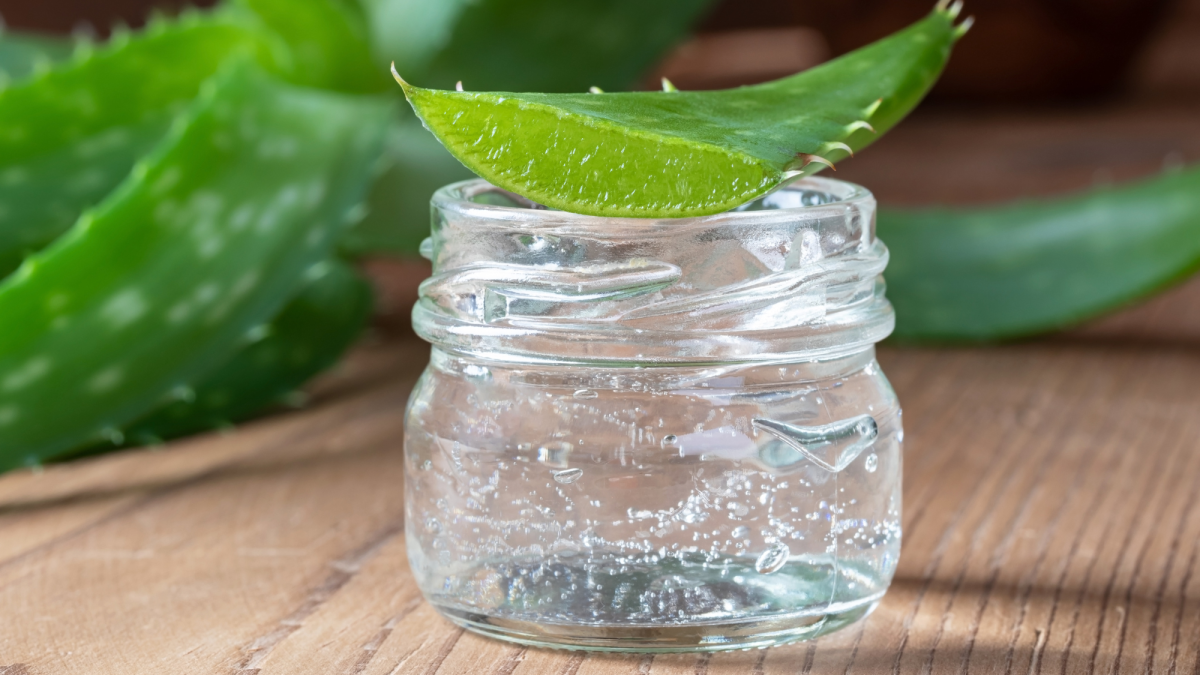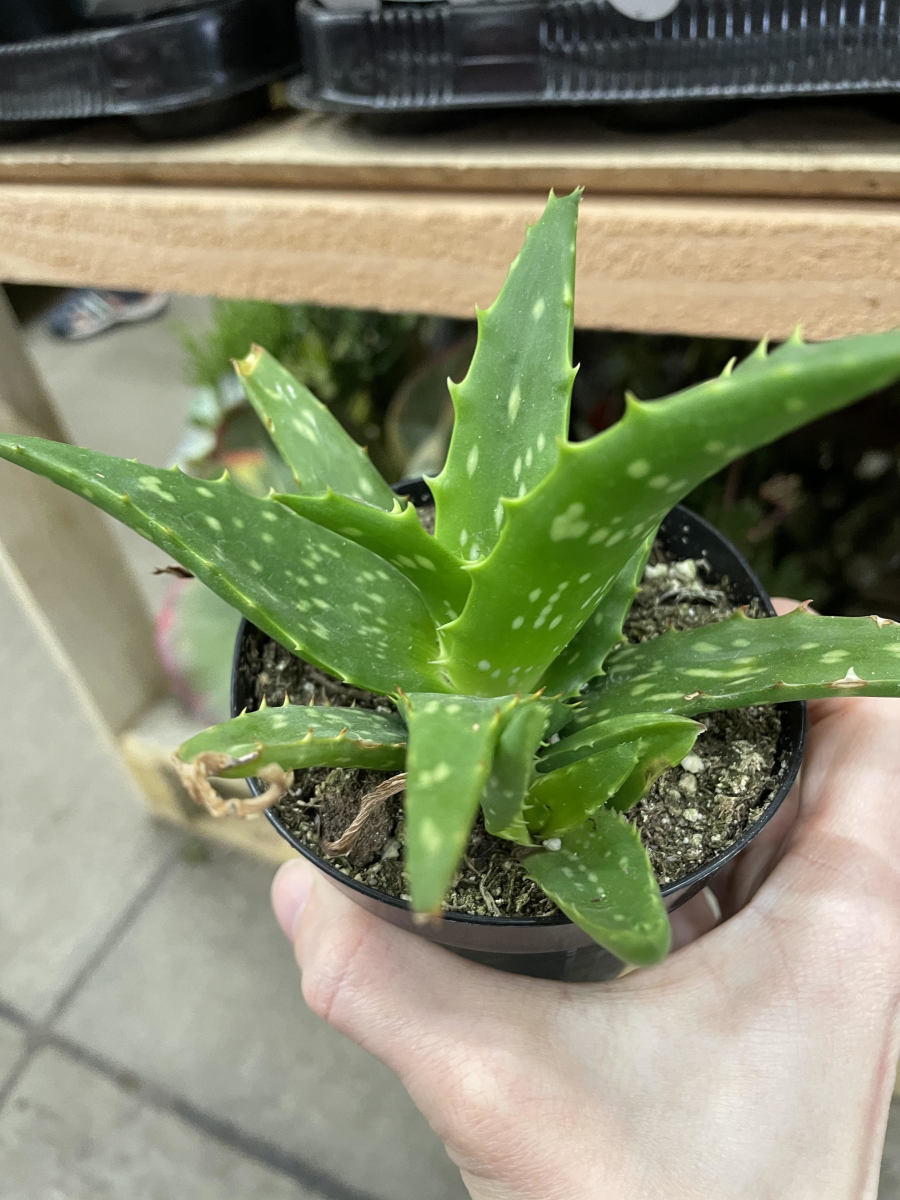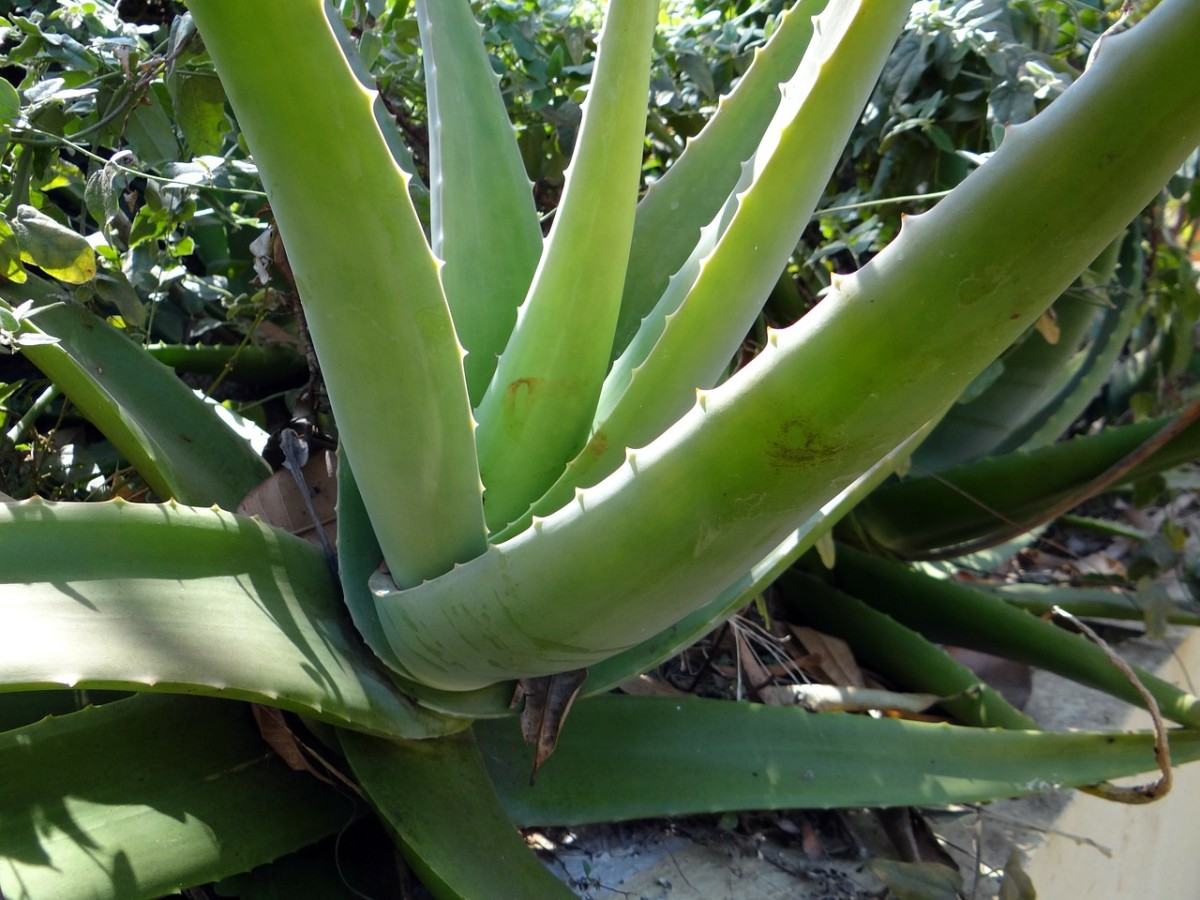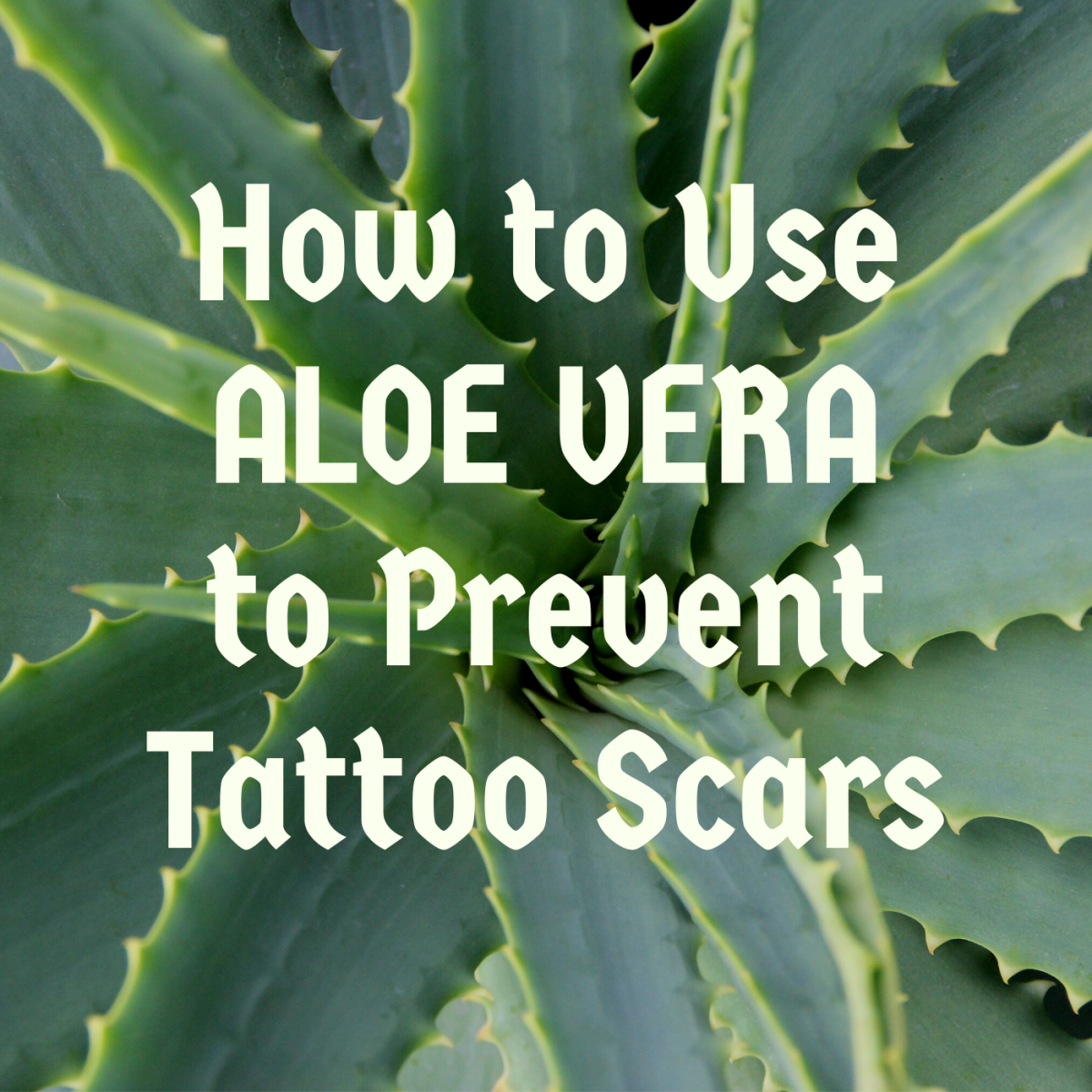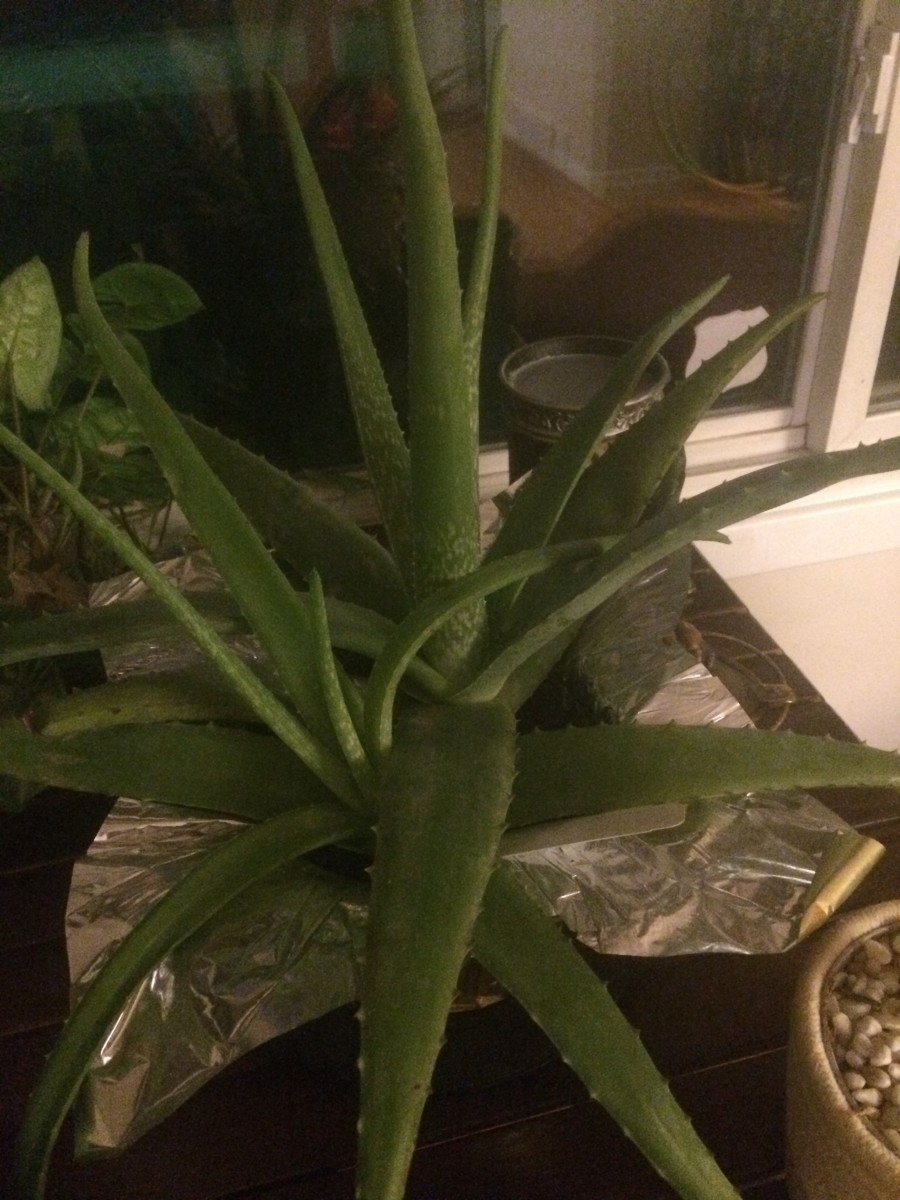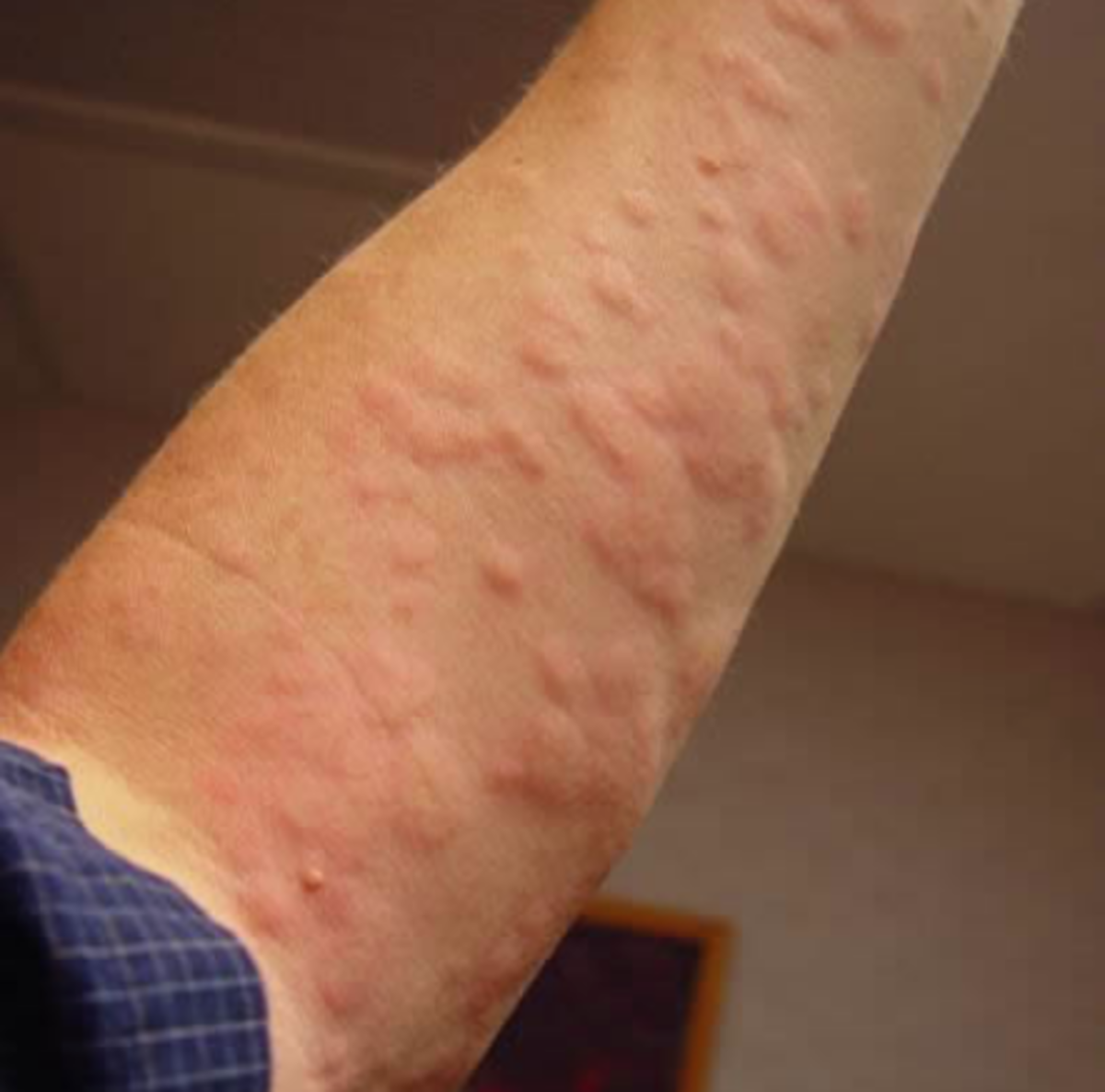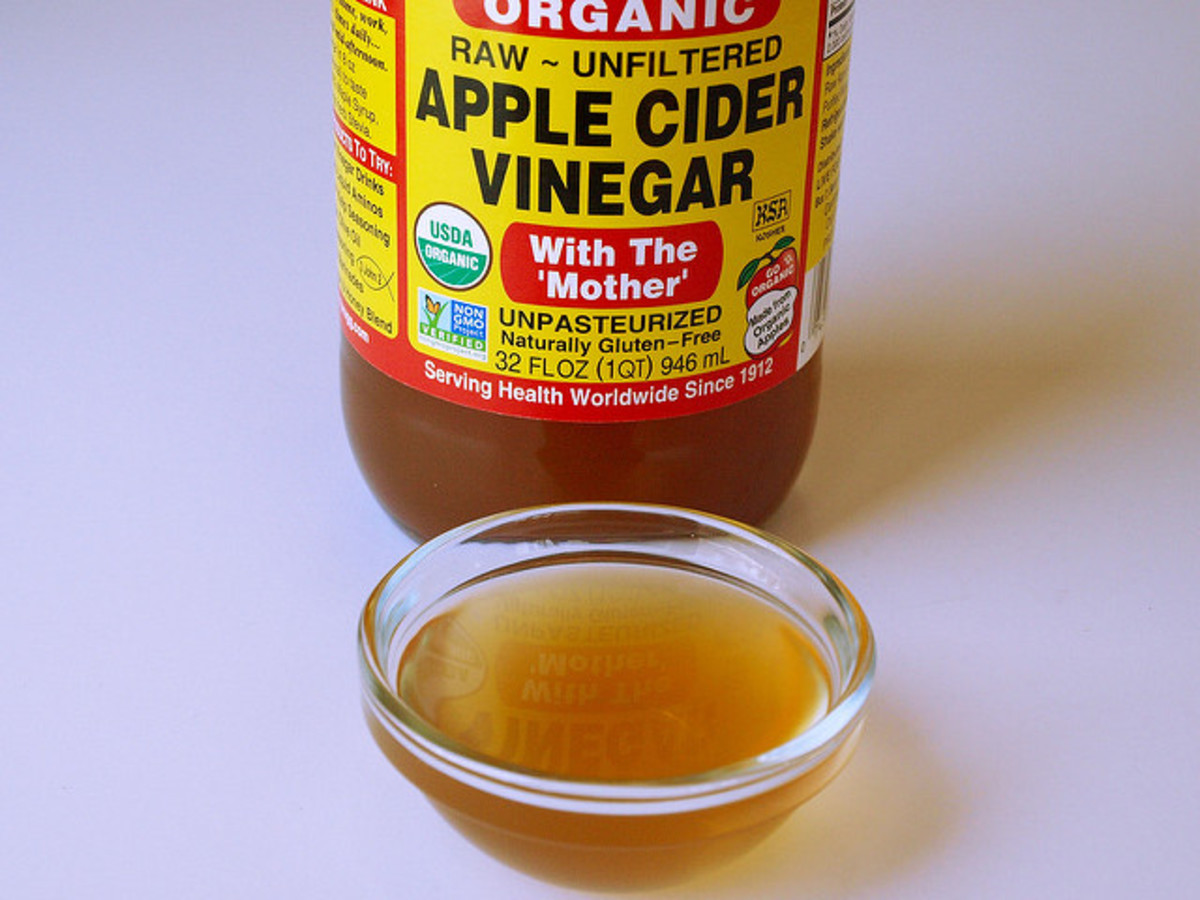Aloe Vera Healing Properties: Are They For Real?
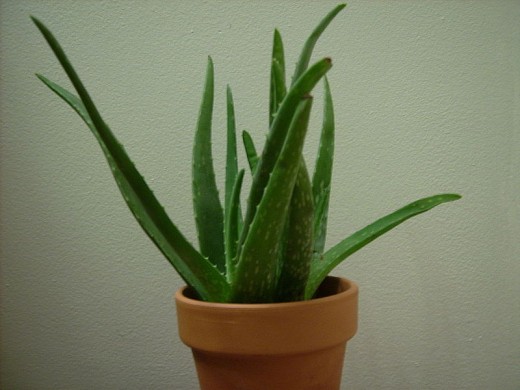
One current health craze that has been going on for decades is the use of Aloe Vera. At first, the products were mainly available at health food stores; now, you can find them virtually anywhere. Growing it as a potted plant has become fashionable, as well.
One popular belief is that Aloe Vera cures multiple ailments. How true is this? Can its use really heal such a wide variety of diseases as dermatitis, bursitis, asthma, gingivitis, glaucoma, varicose veins, heart burn, nausea, staph infections, tuberculosis, bladder and kidney infections, leprosy, even cancer?
First of all, what is Aloe Vera? The plant is a succulent, meaning its leaves are thick and retain lots of water. It resembles a cactus, with semi-sharp-edged leaves that contain nodes. The spiny leaves grow directly from the ground, with tiny yellow hanging flowers that bloom during the summer. There are over 250 species of Aloe Vera; most of them originated in North Africa. The many types have been used for medicine in many countries around the world since the first century Common Era. To this day, it is used in the U.S. and Europe for alternative medical practices, and included in cosmetics. It comes in many forms; as a gel, a lotion, juice, freeze-dried powders, and pills. Some people simply break the leaves and rub the extract directly on their skin. Aloe Vera is relatively easy to grow, as long as it is kept outdoors in a climate that has no frost, and is given plenty of water. It does best in a subtropical climate.
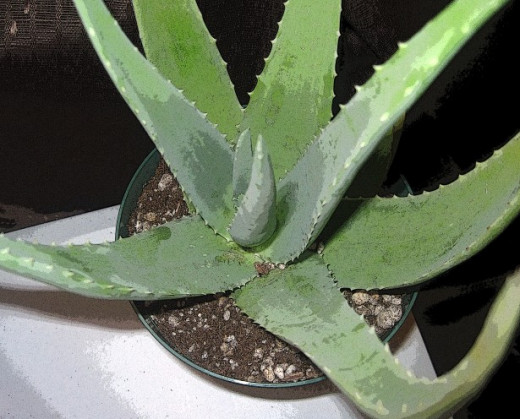
The current claims regarding all the healing properties of Aloe Vera have yet to be supported by research. Though many of the aforementioned claims sound extremely farfetched, it can’t hurt to drink the juice; after all, it has very few side effects. Since it has laxative properties, consuming excessive amounts can cause diarrhea, which can lead to dehydration and other problems. Also, the juice can interact adversely with some medications taken for heart disease and cancer, so it is best to consult your doctor before beginning an Aloe Vera juice regimen.
However, it really is true that Aloe Vera heals a wide variety of skin disorders. It can be used to soothe virtually any skin irritation; acne, burns, scalds, cuts, abrasions, sunburns, herpes simplex, eczema, and psoriasis. The New England Journal of Medicine states that while Aloe Vera is safe for first degree burns, it should not be utilized for treatment of second or third degree ones, which require more serious medical attention.
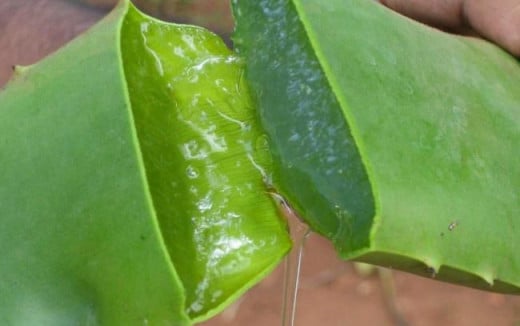
My personal experience supports the fact that Aloe Vera does wonders for the skin. When I had teenage acne, I healed it completely by rubbing 99% pure Aloe Vera gel onto my face every morning. This can be bought at a health food store. GNC sells it in tubes for $2. It took about two weeks for me to get completely rid of my acne, and I had the added benefit of no scars. I have also found it healed my eczema breakouts.
Regarding the other health claims, there’s no harm in trying Aloe Vera as a cure. The plant has so many healthful properties, plus having such a long history of use in so many countries, it is highly unlikely to do any harm. People with a really serious disease like cancer should get proper treatment, but even then they may be able to benefit from using Aloe Vera, if only for psychological purposes.
So, is it true Aloe Vera is a cure-all? It may not heal all diseases, but it definitely is close to that description when it comes to skin. Regarding some of the other claims, it has so many healthful properties, it is well worth a try.
REFERENCES:
http://en.wikipedia.org/wiki/Aloe_vera
http://www.askdrhelen.com/health-tips/aloevera/aloevera-uses.htm
http://www.nejm.org/doi/full/10.1056/NEJMra0707253
http://www.thegardenhelper.com/aloe~vera.html
http://healthyeating.sfgate.com/health-risks-benefits-taking-aloe-vera-juice-internally-5017.html
© 2013 Yoleen Lucas

